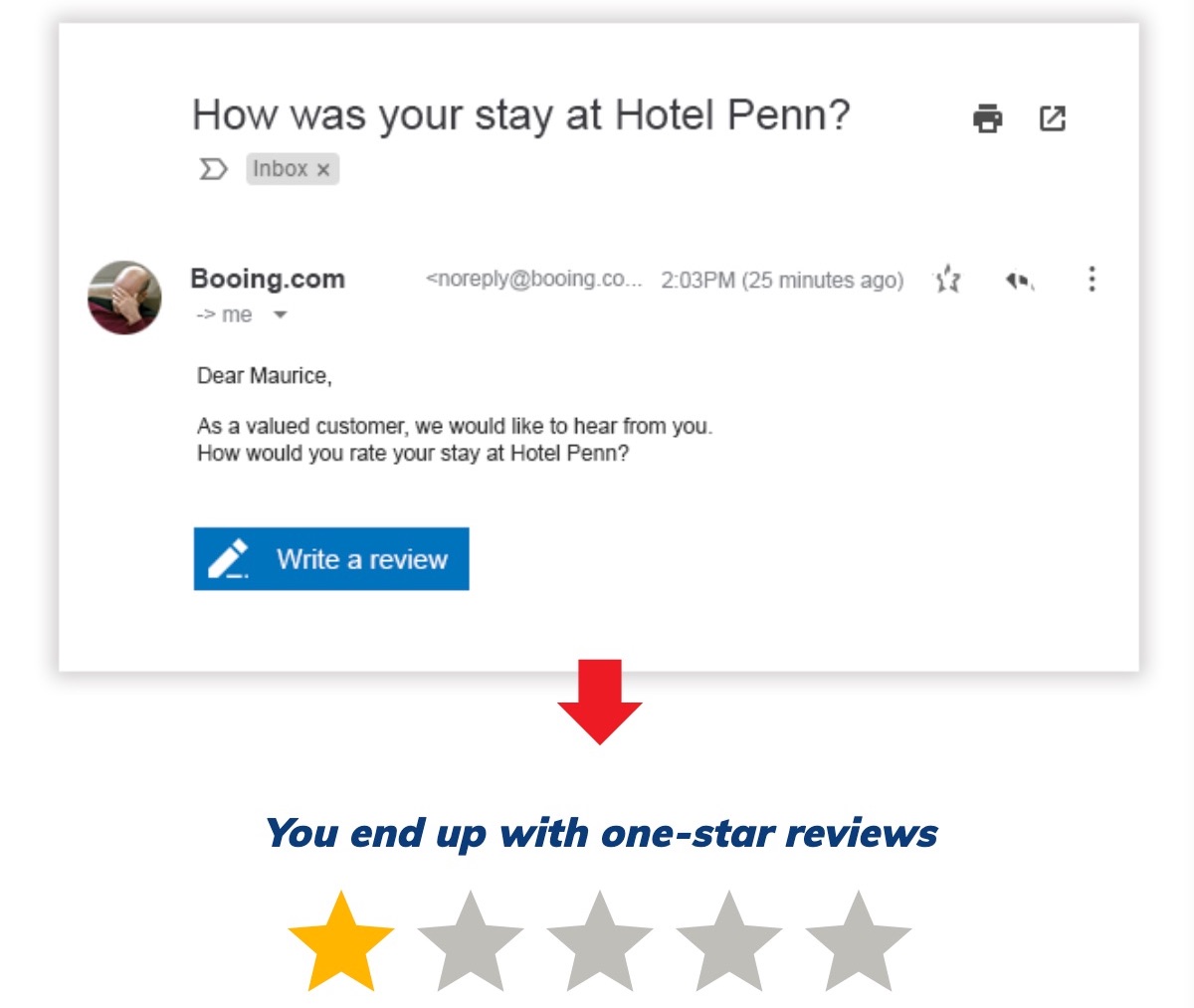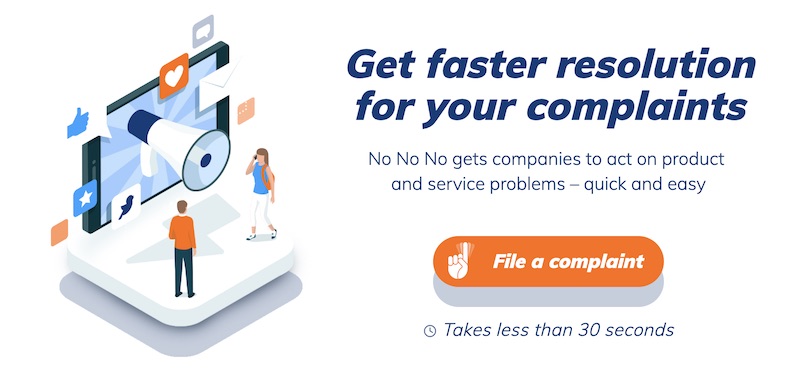How and why you should make it as easy as possible for customers to complain
Complaints are bad, right? Well… sort of. The complaints you know about are valuable feedback and give you an opportunity to recover and retain your customers. It seems logical that you should do everything possible to minimize the number of complaints you receive.
Are you hearing all complaints?
But what about the customers who have a complaint and don’t tell you about it? But they tell their families, friends and colleagues at work. You have no opportunity to recover because you don’t know anything about the complaint.
Maybe this is such a small problem that you should not worry about it. Or maybe it is huge. I would like to suggest the latter is true, based on Bain research. The key points are shown in a graph on page 111 of the hardcover version of The Ultimate Question 2.0 by Reichheld and Markey, and explained in the text. The message is that the vast majority of people who do not respond to your survey requests are either Detractors or Passives. If your survey response rates are less than 100% your Detractors miss out on the opportunity to tell you what is making them so unhappy. They probably think you have wasted enough of their time already and just leave you for one of your competitors.
That’s not good.
Make it easy to complain
In short, I believe you should make it as easy as possible for your customers to complain. I have recently come across a startup that is doing just this. Jaakko Timonen (with whom I have no commercial relationship of any kind) founded his company No No No with the objective of ensuring that consumers can complain easily and get a response. Customers can log a public complaint about any company that is active in the United States here. The complaints are routed to the companies concerned. Their incentive to act is the simple fact that customers have the opportunity to publicly rate and comment on the issue resolution.
Think of it as an online version of the ombudsman function that exists in certain industries. An ombudsman is a person or office that is supposed to be an agreed neutral party in a dispute. They are common in the insurance industry, for example, and their role is to facilitate an agreement between the two sides. No No No does the same thing, at scale. At first sight, the Better Business Bureau website seems to offer a similar service. The difference between the two approaches may seem subtle, but I find it significant. The Better Business Bureau site allows you to log a complaint about any business but does not provide any way for you to rate the resolution of your complaint. I feel that making customer views about the effectiveness of a resolution is important. How else can companies compare themselves with their competitors?
At a more personal level – what are some tips to ensure your own complaints about a company get resolved?
A fascinating side-benefit of Jaakko’s work is that he has been able to study the keywords in a complaint that seem to most stimulate rapid resolution. The two that seem to have the greatest impact are the use of the word ‘you’ in the subject line, and mentioning a competitor in the main text of the complaint. Both improve resolution rates by a factor of five.
The technology is also available to individual companies. Bearing in mind what I have written above, if you owned the Penn Hotel, would you prefer the upper or lower customer feedback solution below?


For more about the excellent work Jakko and No No No are doing, please have a look here.
Images above are from the No No No website and are included with permission.
If you like this style of writing, think about buying one of our books. All are available in paperback and Kindle formats from Amazon stores worldwide, and from your better book retailers.




